Many years ago, BT caused a row when it announced the removal of the red telephone box from a small Highland community.
A former fishing village, it had been gentrified since its last fishing boat set sail. But residents denounced the plan by the telecoms giant. They claimed there had been no forewarning, no consultation. BT insisted notices announcing the move had been displayed locally. But they were inside the phone box. Nobody had noticed. Nobody used it.
The story came to mind when I heard of the controversy over Historic Environment Scotland’s (HES) announcement that it was going to reopen its recently refurbished eatery in Edinburgh Castle, the Redcoat Café.
A petition attracted thousands of signatures from “concerned citizens and patrons of this historic landmark”. They argued that the cafe’s name was “deeply offensive to the Scottish people and perpetuates a painful legacy associated with the oppression of our nation”. A threat to “firebomb” the cafe was even made online.
HES said it had been called Redcoat Café for 32 years, since 1992, reflecting the military history of the castle. Many critics seemed unaware of this fact, possibly because some hadn’t been in the cafe, or had forgotten. But their negative reaction seems to have been down to the association with the British Army “redcoats”, and the horrific cruelty visited on Jacobites and others, particularly in Gaelic Scotland, after the Battle of Culloden in April 1746.
The Hanoverian Government’s determination to eradicate Jacobite sentiment in the Highlands and islands verged on ethnic cleansing. But it is worrying that the myth this was a battle England fought to suppress Scotland is still so deeply rooted.
False idea of Culloden being a Scots-English conflict endures
Channel 4 News came north before the 2015 general election to examine the SNP surge in the Highlands. The estimable broadcaster Jon Snow went to Culloden, which he described as “the scene, 270 years ago, of the last great battle between the English and the Scots”.
Had he or his researchers gone into the National Trust for Scotland’s impressive £10 million visitor centre, they would have learned that it was definitely not a battle between the English and the Scots. It was a civil war, threatening to engulf the whole of Britain.
There were Scottish soldiers and Gaelic-speaking clansmen on both sides, as there were Englishmen. Scots on the Hanoverian side had red uniforms, the colour even worn by the Scottish army in the late-17th century. But the idea of Culloden being a Scots-English conflict endures.
The utter savagery of the post-Culloden period was real enough. One whose sadism stood out was a lowland Scot, Captain (later promoted to Lieutenant Colonel) Caroline Frederick Scott of Guise’s regiment. His typically female Christian name apparently was an affectation of the time. It sat uneasily with the murder, rape and pillage he ordered in the likes of Knoydart, Raasay and Rona.
What’s wrong with calling it the Castle Café?
Knoydart was also visited by the 20th Foot Regiment under the command of Lord George Sackville. He wanted revenge for the theft of his baggage by some of the MacDonnells of Knoydart. Historian John Prebble, who did more than any other to introduce people across the globe to the history of Scotland and the Highlands, wrote that Sackville’s men duly obliged:
“The women were first raped, it was said, and then held to watch the bayonetting of their men. In what I can recall of the writings left by the officers and men of this bloody army, there is no expression of compassion for the vanquished and no mercy for the terrorised. None was shown, I think, except by patrolling clansmen of the Campbell militia – which should be remembered by those who like to perpetuate an absurd and theatrical antipathy towards that name.”
To this day, the opprobrium heaped on the name of Campbell because of the massacre has been ridiculous
There was a tradition that the Campbells, who had been on the Hanoverian side, took time to bury their brother Gaels in Knoydart, and help as best they could those left alive. The absurd and theatrical antipathy to which Prebble referred related to the Massacre of Glencoe in 1692; another myth perpetuated.
To this day, the opprobrium heaped on the name of Campbell because of the massacre has been ridiculous. Although the two companies of Argyll’s regiment were led by Captain Robert Campbell of Glen Lyon, only a fraction (from memory, around a tenth) of the soldiers were Campbells. They were under martial law and faced execution themselves if they disobeyed orders. Yet, some went to considerable lengths to warn their MacDonald hosts that they should leave the night before the bloody business began.
This had been ordered in Edinburgh, which brings us back to the castle controversy. It begs two questions. How far is a visitor’s learning experience really advanced by a historically-themed title for a place where they can buy a coffee and a croissant? And what’s wrong with just calling it the Castle Café?
David Ross is a veteran Highland journalist, author and a supporter of Community Land Scotland
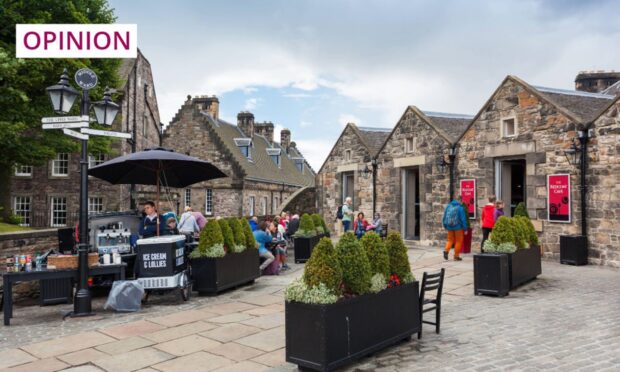
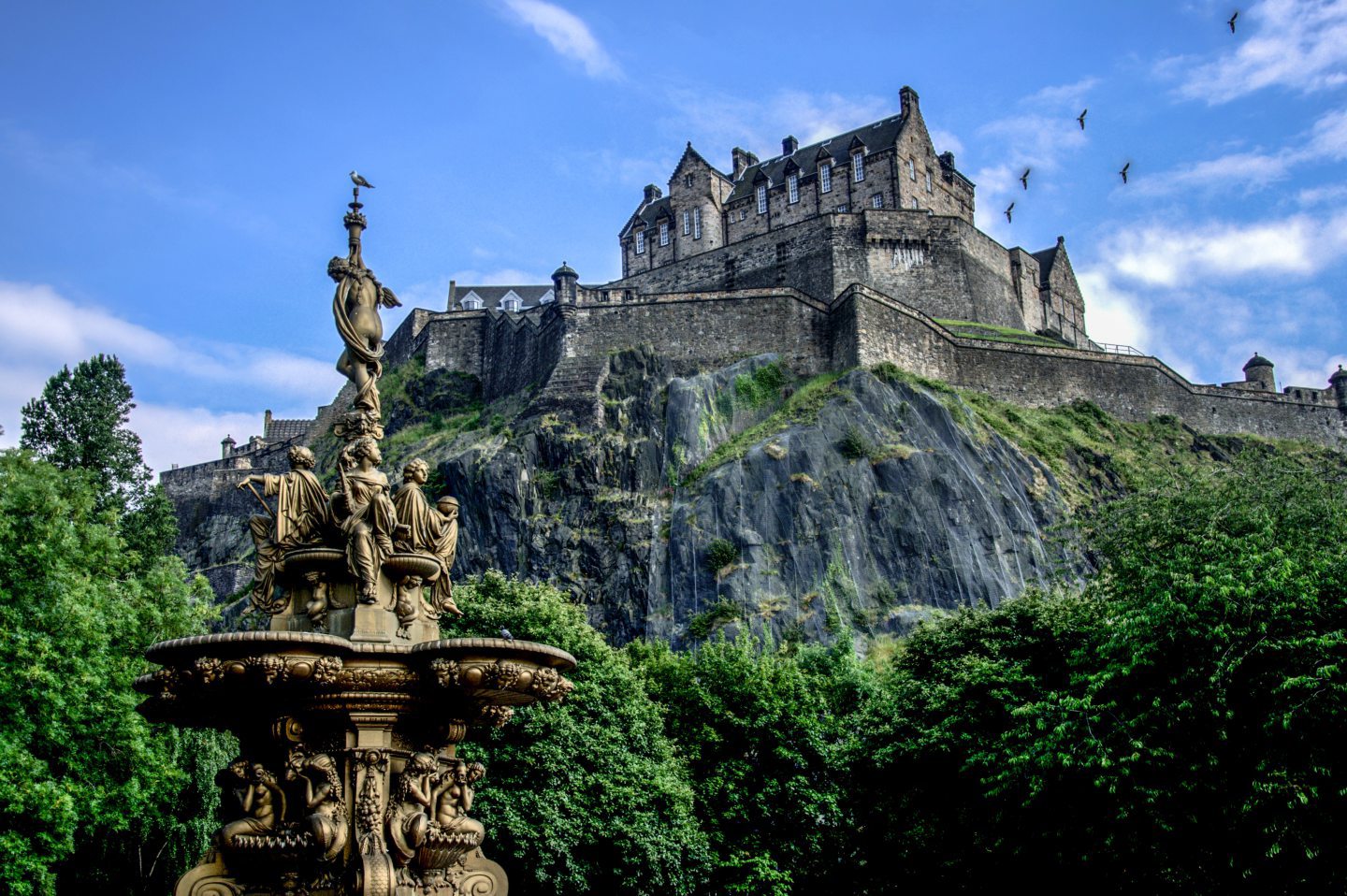

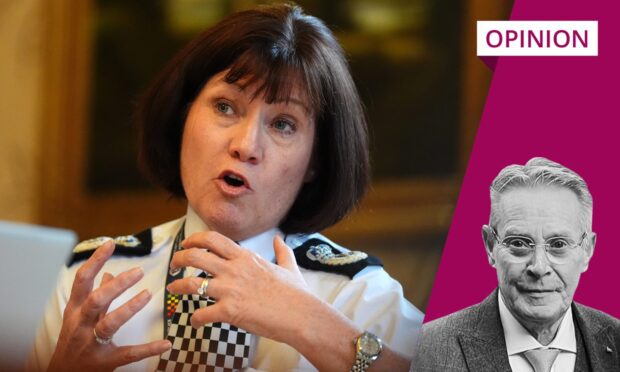
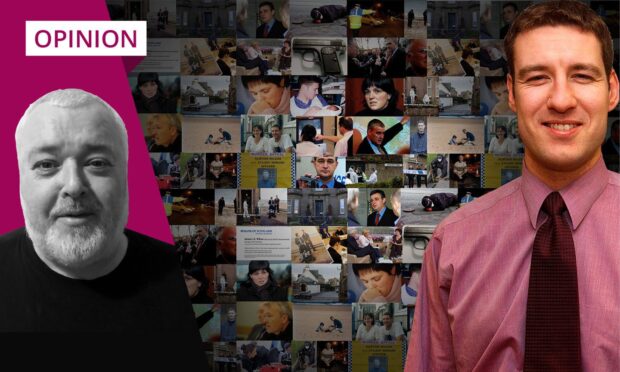
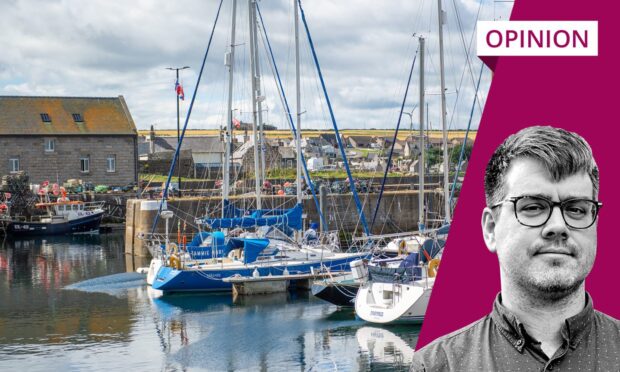
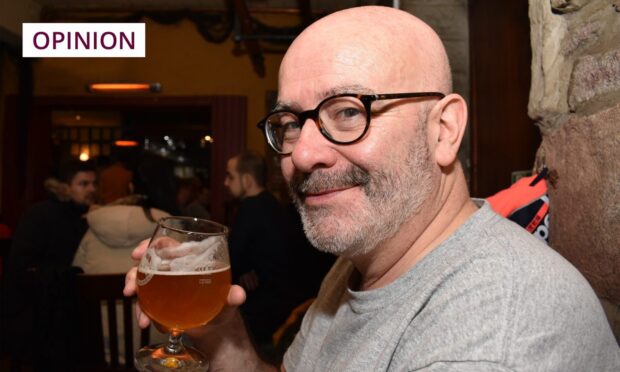
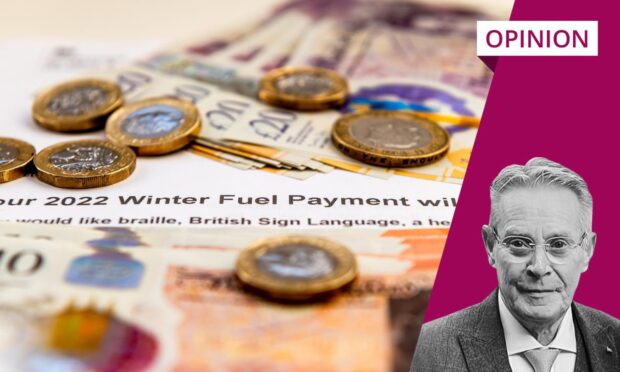
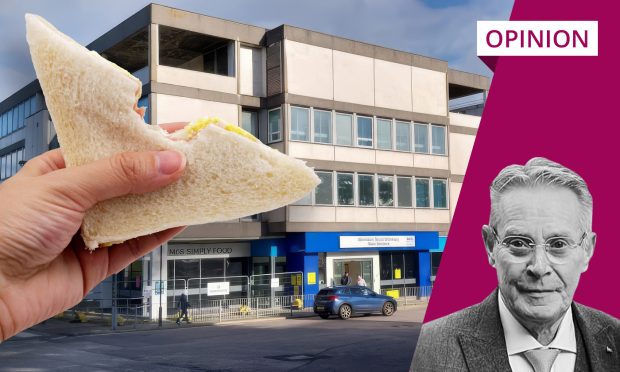
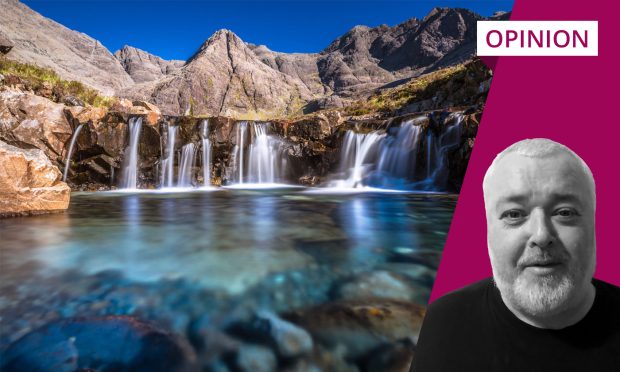
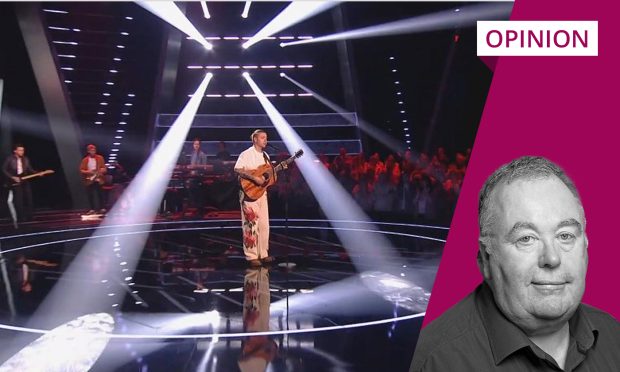
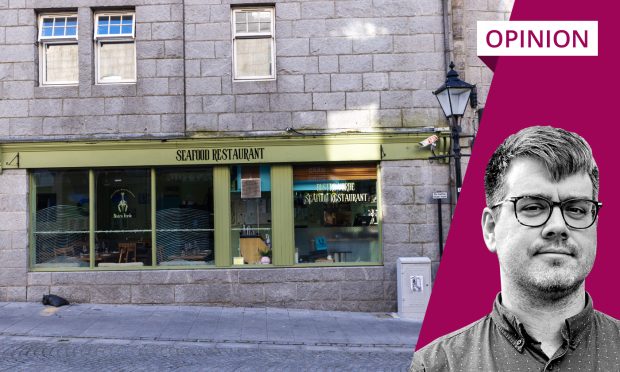
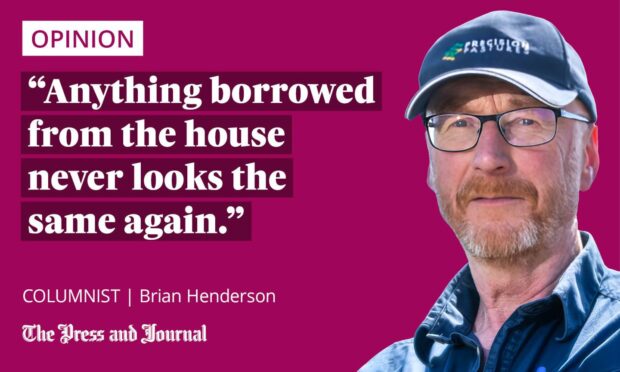
Conversation